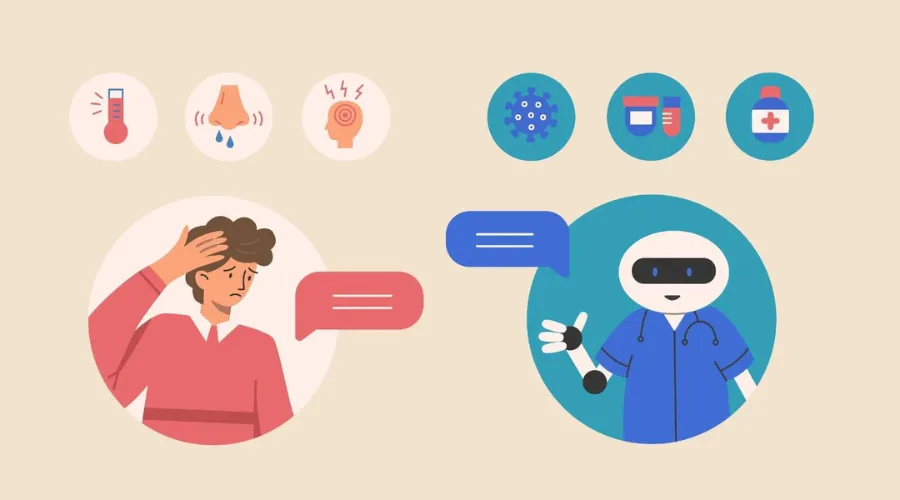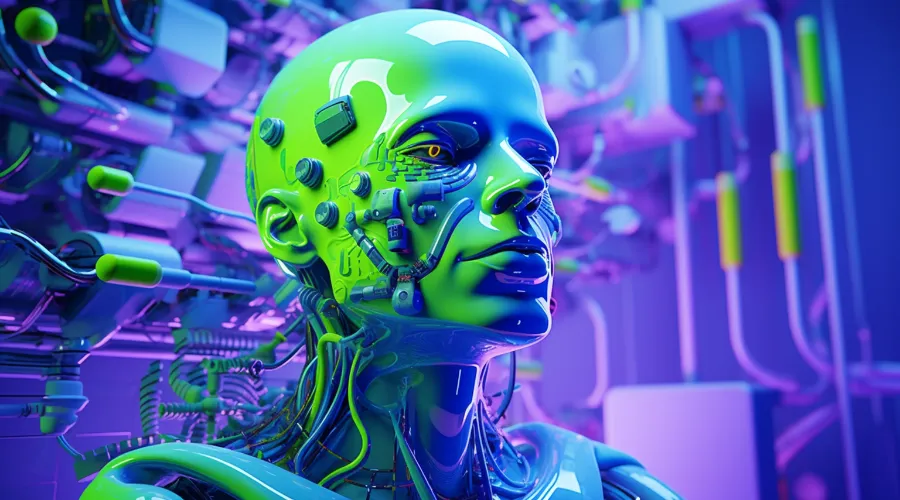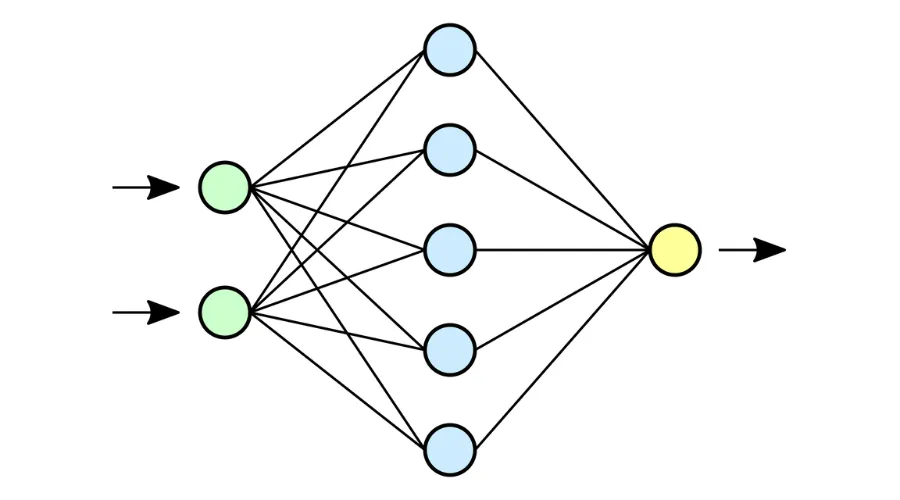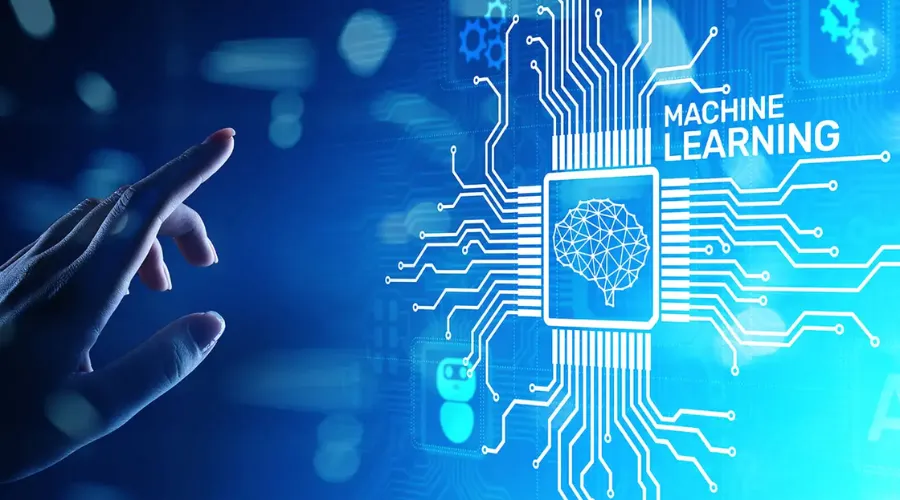
In the ever-evolving landscape of technology, chatbots have emerged as a groundbreaking innovation, reshaping the way businesses interact with customers and enhancing user experiences across various platforms. The term “chatbot” refers to a computer program designed to simulate conversation with human users, providing a seamless and efficient means of communication. As we delve into the world of chatbots, this blog aims to explore their origins, applications, and the transformative impact they have on diverse industries.
Understanding Chatbots: A Brief Overview
At its core, a chatbot is an artificial intelligence (AI) system programmed to engage in natural language conversations. The concept of chatbots dates back to the mid-20th century, with early iterations primarily based on rule-based systems. However, it wasn’t until recent advancements in machine learning and natural language processing that chatbots truly began to shine.
Evolution of Chatbots: From ELIZA to Advanced AI
The journey of chatbots traces back to ELIZA, one of the earliest examples created in the 1960s. ELIZA utilized simple pattern-matching techniques to simulate conversations, albeit limited in scope. Over the years, chatbots evolved with the integration of more sophisticated algorithms, paving the way for the development of virtual assistants like Siri and Alexa. These virtual assistants, powered by AI and machine learning, showcased the potential of chatbots in understanding context and providing valuable information.
Applications of Chatbots Across Industries
As technology continues to advance, chatbots have found widespread applications across various industries, offering solutions that range from customer support to streamlining business processes.
1. Customer Support and Engagement
One of the primary applications of chatbots is in the realm of customer support. Organizations across the globe are leveraging chatbots to provide instant assistance and resolve customer queries efficiently. These bots are capable of understanding natural language, offering a more human-like interaction compared to traditional automated systems. They can handle routine inquiries, provide product information, and even guide users through troubleshooting processes.
2. E-Commerce and Sales
In the e-commerce sector, chatbots play a pivotal role in enhancing the shopping experience. They assist users in finding products, offer personalized recommendations based on preferences, and facilitate the entire purchasing process. Chatbots can also handle transactions securely, providing a seamless end-to-end shopping experience for customers.
3. Healthcare and Wellness
In healthcare, chatbots are becoming valuable tools for patient engagement and support. They can provide information about symptoms, offer initial medical advice, and schedule appointments. Additionally, mental health chatbots have gained popularity, offering users a confidential space to discuss their feelings and receive guidance.
4. Streamlining Business Operations
Beyond customer-facing applications, chatbots are increasingly being employed to streamline internal business processes. They can automate routine tasks, assist employees with information retrieval, and enhance collaboration within organizations. This not only increases efficiency but also allows human resources to focus on more complex and strategic aspects of their roles.
The Advantages of Chatbots: Efficiency and Personalization
The widespread adoption of chatbots can be attributed to the numerous advantages they bring to the table.
1. 24/7 Availability
Unlike human agents, chatbots operate round the clock, providing users with instant responses at any time of day. This 24/7 availability is particularly beneficial for global businesses catering to diverse time zones, ensuring that customer queries are addressed promptly.
2. Scalability
Chatbots excel in handling a large volume of queries simultaneously, making them ideal for businesses experiencing rapid growth. As customer interactions increase, chatbots can efficiently scale to meet demand without compromising on the quality of service.
3. Cost-Effective Solutions
Implementing chatbots can significantly reduce operational costs for businesses. By automating routine tasks and handling repetitive inquiries, organizations can allocate human resources more strategically, focusing on tasks that require creativity, problem-solving, and emotional intelligence.
4. Personalization and User Engagement
Advanced chatbots leverage machine learning algorithms to understand user preferences and behavior. This enables them to provide personalized recommendations, creating a more engaging and tailored experience for users. Personalization not only enhances customer satisfaction but also contributes to brand loyalty.
Challenges and Future Trends in Chatbot Development
While chatbots have made remarkable strides, they are not without challenges. Addressing these challenges is crucial for the continued evolution of chatbot technology.
1. Natural Language Understanding
Improving natural language understanding remains a priority in chatbot development. Ensuring that chatbots comprehend context, nuances, and user intent is essential for delivering accurate and meaningful responses. Advancements in natural language processing (NLP) are key to overcoming this challenge.
2. Ethical Considerations
As chatbots become more sophisticated, ethical considerations come to the forefront. Issues related to privacy, data security, and responsible AI usage need careful attention. Striking the right balance between innovation and ethical standards is crucial for the responsible deployment of chatbot technology.
3. Integration with Emerging Technologies
The future of chatbots lies in seamless integration with other emerging technologies. Integration with augmented reality (AR), virtual reality (VR), and the Internet of Things (IoT) can further enhance the capabilities of chatbots, opening up new possibilities for immersive and interactive user experiences.
4. Continuous Learning and Adaptation
To stay relevant, chatbots must continually learn and adapt to evolving user expectations and industry trends. Ongoing training using real-time data ensures that chatbots remain up-to-date and capable of providing accurate information.
Conclusion: The Chatbot Revolution Continues
In conclusion, chatbots have evolved from basic rule-based systems to sophisticated AI-powered conversational agents, revolutionizing the way businesses communicate with customers and streamline internal processes. Their applications span across industries, offering benefits such as 24/7 availability, scalability, cost-effectiveness, and personalized user experiences.
As technology continues to advance, addressing challenges related to natural language understanding, ethical considerations, and seamless integration with emerging technologies will be pivotal for the sustained growth and impact of chatbots. The chatbot revolution is far from over, and as we look to the future, the possibilities for innovation and transformation in communication and customer interaction are boundless. Embracing the potential of chatbots will undoubtedly shape the next chapter in the evolution of digital experiences.









